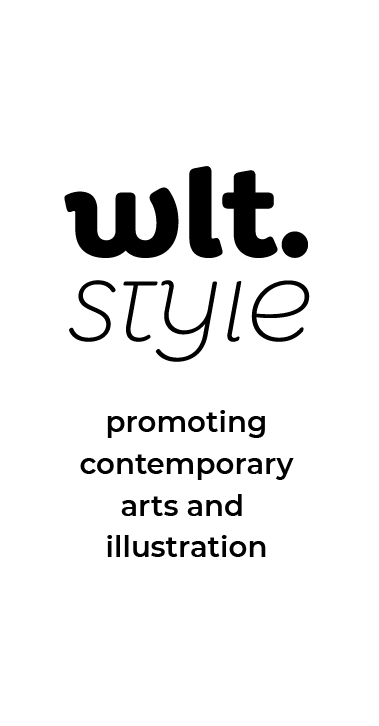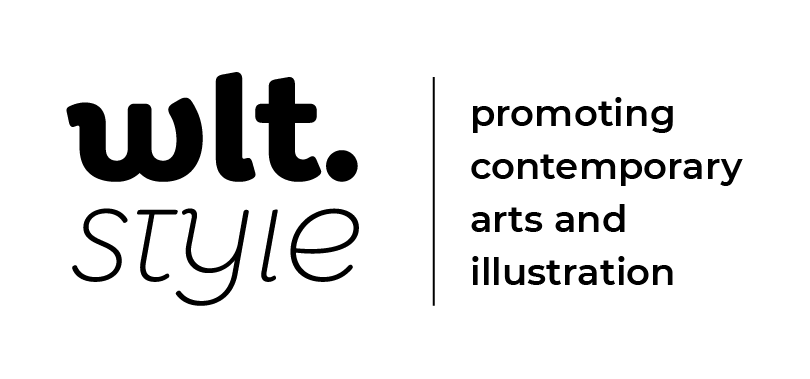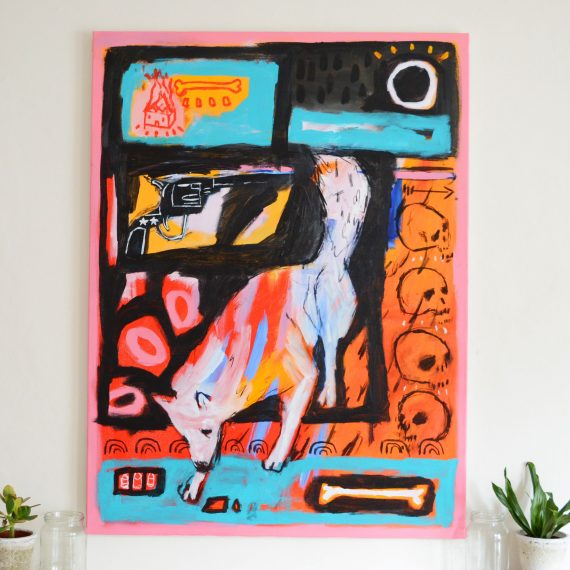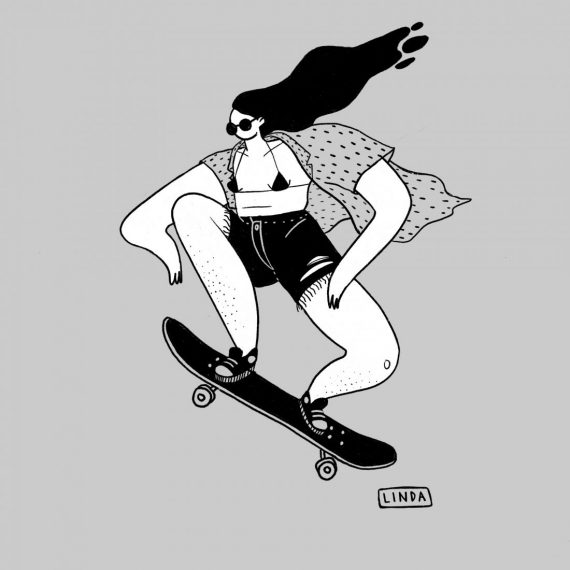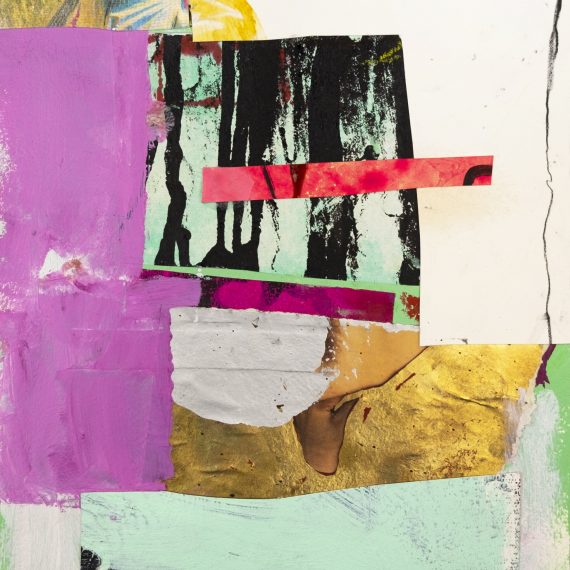Monica Garwood










Category
drawing, illustration, lettering, paintingMonica Garwood is an illustrator, designer, letterer and painter born and raised in the Bay Area. She graduated from California College of the Arts with a BFA in Illustration and a minor in Visual Studies and currently lives and works in San Francisco.
Her impressive list of clients include: Google, The New York Times, Penguin Books, The New Yorker, Facebook, Billboard, Goop, Random House, i-D/Vice, Johnson & Johnson, Bravery Magazine, FX Network, Pinterest, Bitch Magazine, Communication Arts, BUST Magazine, Old Navy, 3×3, Rare Device and Spoke Art, and more!
Her approachable and relateable style that revolves mostly around female figures is often described as modern feminist. Apart from that her lightflooded artworks are spreading wellbeing and positive reinforcements, even when tackling serious topics like politics, the job market or gender transitioning. Her contemporary illustrations are a delicate blend of traditional analogue craftwomanship and digital refinements.
We are very happy that Monica found time to answer our four questions:
Your earliest inspiration and artistic drive was probably your mom, who is a printmaker and artist herself. But having an artist as a parent could have also resulted in a completely reaction of differentiation from this heritage. How did you and/or your mother manage to use this energy for the good of your creative development?
I was lucky enough to have a stay at home mom and we didn’t have a lot of money when I was very young so most of my activities were thought up by and created by mom, which encouraged the creative side in me. Lots of home made arts and craft projects, she helped me staple paper together so I could write and illustrate my own books, etc. My parents never pushed me to pursue art, I just gravitated toward it from a young age.
You are working with big clients like Penguin Random House, Facebook, Google, The New York Times, Johnson & Johnson, Pinterest or GAP for some time now. Especially big corporations can be seen as a double-edged sword, so did you ever come to a point where you thought to yourself: Do I really want to work for this company?
When I work for a big company I’m not working for the CEO or board members, I’m usually working one on one with an art director. Most art directors are creatives like myself, so it’s easy to communicate with them in design-specific language, and they are more removed from the big decision makers of the company. Some of the best, most professional art directors I’ve worked with are from larger companies and it’s usually a smooth relationship because they are very experienced and respectful of the creative process.
Your body of work is often described as contemporary feminist, due to it’s strong female protagonists depicted in a feminin and multi-facetted way. To which amount would you consider yourself a political person, or a political artist?
I don’t consider myself a political artist, but a lot of my editorial work deals with human rights and social issues. I’m not always illustrating in my voice though- if I get a job from the New York Times, I’m going to be finding and reflecting on the thesis of the article made by the author, not my own opinion on the article. Also to be noted is that while I can choose what jobs to take and what to pass on, I can’t choose what jobs come in. So yes I’m interested in illustrating articles that deal with feminism, but it’s also the kind of job I am most likely to get.
I realized it to be very hard to think about interesting questions for someone who has been interviewed a lot, like you have been (also read some of Monicas interviews with blurb, rare device, communication arts, the people’s printshop and i-D!). Which question would you have loved to answer?
I don’t really think about interviews enough to know this one! I’m always open to answer any question anyone may have, but I never know what people want to know or what someone would find interesting. I can tell you what question I don’t like though- „What would you call your style?“ Not everything has a name, nor does it need one! Most art movements of the past are named after the movement occured. I feel like people want to label things so they know how to search for it on Pinterest and then copy that style, which I’m not about. Style trends are tempting to follow, but it’s the easiest way to make your work look dated in a few years. Just do what comes naturally to you!
_______________________
Find more of Monicas brilliant work on…
- her website: monicagarwood.com
- her instagram: @monicagarwood
- her facebook: @MonicaGarwoodIllustration
- her twitter: @monicagarwood
- her behance
- her dribble
- theinspirationgrid.com
Read other interviews with Monica on…
